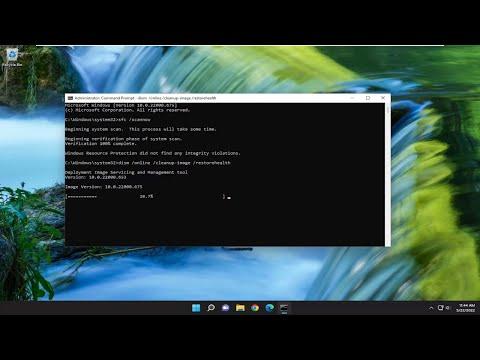I recently faced a frustrating problem with my computer: the Windows Memory Diagnostic Tool was stuck and wouldn’t complete its test. It all started one afternoon when I noticed that my system had been running unusually slow. Applications were lagging, and I was experiencing random crashes. Initially, I thought it was just a minor glitch, but when things didn’t improve, I decided to run the Windows Memory Diagnostic Tool to check if faulty RAM might be the cause.
I accessed the tool by typing “Windows Memory Diagnostic” into the Start menu and chose the option to restart and check for problems. The computer restarted, and the diagnostic tool began its test. However, after the initial progress bar showed some progress, it suddenly froze. The progress bar was stuck at a certain percentage, and no matter how long I left it, the tool didn’t advance. I was worried because this seemed to indicate a deeper problem with my system’s memory or with the diagnostic tool itself.
I tried to resolve this issue by rebooting my computer and running the diagnostic tool again. I made sure that no other applications were running and that my system was as clean as possible, but each time, the tool got stuck at the same point. It was clear that this wasn’t just a temporary glitch. I needed to find a solution to either fix the diagnostic tool or address the underlying issue causing it to freeze.
I began my search for a solution online, looking through forums and articles related to Windows Memory Diagnostic issues. I found that this problem wasn’t entirely uncommon. Various users reported similar issues where the diagnostic tool either hung or failed to complete its test. Some suggested that the problem might be with the memory itself, while others thought it could be a software issue.
I decided to delve deeper into potential solutions. The first step I took was to ensure that my Windows operating system and drivers were up to date. Sometimes, outdated software or drivers can cause conflicts with system tools. I went to the Windows Update settings and checked for any available updates. After installing the latest updates and restarting my computer, I tried running the diagnostic tool again. Unfortunately, the issue persisted.
Next, I considered that there might be a problem with the RAM modules themselves. I decided to physically inspect and reseat the RAM sticks. I turned off my computer, unplugged it, and carefully opened the case. I gently removed each RAM stick from its slot and then reinserted them, ensuring they were properly seated. After reassembling my computer, I ran the Windows Memory Diagnostic Tool once more. This time, the test completed successfully without getting stuck.
This solution seemed to address the problem, but I wasn’t completely convinced that it was the ultimate fix. To be thorough, I decided to run a more comprehensive memory test using a third-party tool called MemTest86. I created a bootable USB drive with MemTest86 and booted my computer from it. This tool provided a more detailed analysis of my RAM and was designed to detect a wider range of memory issues. The test ran for several hours, and fortunately, it didn’t find any errors.
With the diagnostic tool working properly and no errors found in my memory, I felt relieved. However, I realized the importance of regularly checking and maintaining my computer’s hardware. Moving forward, I planned to keep my system and drivers updated and perform occasional hardware inspections to prevent similar issues from arising.
In summary, dealing with the Windows Memory Diagnostic Tool getting stuck was a challenging experience, but through a process of elimination and thorough investigation, I was able to resolve the issue. By ensuring that my system was updated, reseating my RAM, and using a comprehensive third-party tool, I was able to address the problem effectively. This experience underscored the importance of a systematic approach to troubleshooting and maintaining a healthy computing environment.
